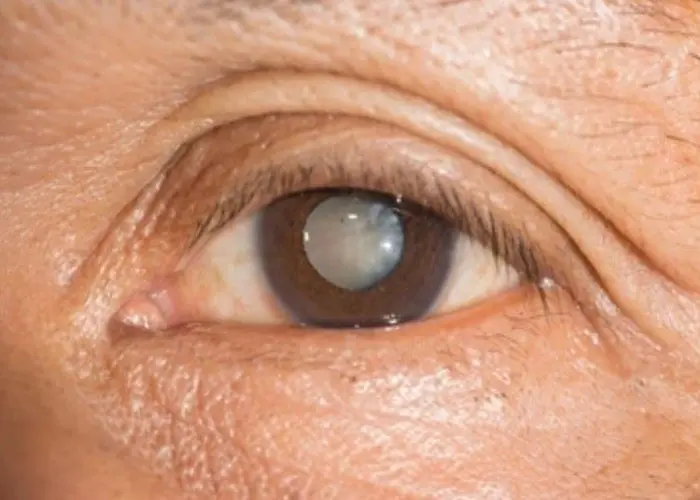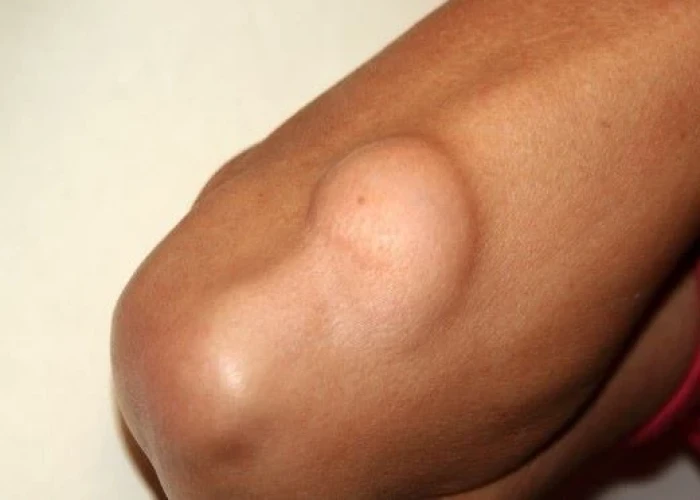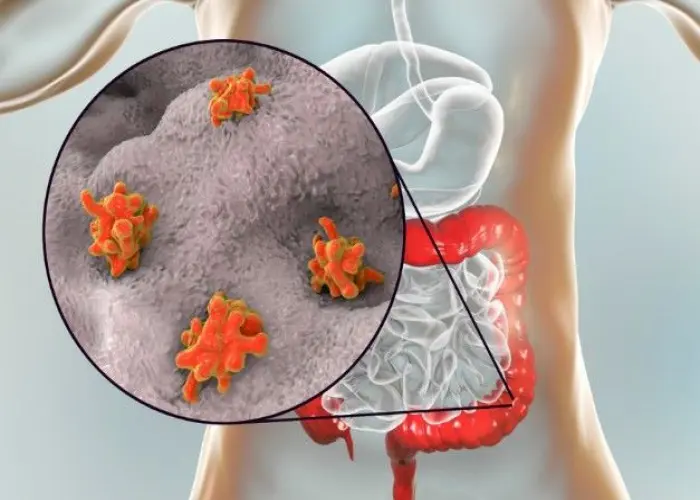 Welcome
Welcome
“May all be happy, may all be healed, may all be at peace and may no one ever suffer."
Bradycardia

Bradycardia is a condition in which the heart beats at a slower rate than normal, typically less than 60 beats per minute. It can be caused by various factors, such as natural aging, underlying heart disease, medication side effects, or other medical conditions. In some cases, bradycardia may not cause any symptoms, while in other cases, it can lead to fatigue, weakness, dizziness, fainting, and shortness of breath. Treatment for bradycardia depends on the underlying cause and severity of the condition. Mild cases may not require treatment, while more severe cases may require medication, pacemaker implantation, or other interventions to restore a normal heart rate.
Research Papers
Disease Signs and Symptoms
- Chest pain
- Memory loss
- Dizziness (vertigo)
- Fatigue (Tiredness)
- Shortness of breath (dyspnea)
- Easily tiring during physical activity
Disease Causes
Bradycardia
Bradycardia can be caused by:
- Heart tissue damage related to aging
- Damage to heart tissues from heart disease or heart attack
- A heart disorder present at birth (congenital heart defect)
- Inflammation of heart tissue (myocarditis)
- A complication of heart surgery
- An underactive thyroid gland (hypothyroidism)
- Imbalance of chemicals in the blood, such as potassium or calcium
- Repeated pauses in breathing during sleep (obstructive sleep apnea)
- Inflammatory disease, such as rheumatic fever or lupus
- Medications, including sedatives, opioids, and drugs used to treat heart rhythm disorders, high blood pressure and certain mental health disorders
To better understand the causes of bradycardia, it may be helpful to know how the heart typically beats.
The typical heart has four chambers — two upper chambers (atria) and two lower chambers (ventricles). Within the upper right chamber of the heart (right atrium) is a group of cells called the sinus node. The sinus node is the heart's natural pacemaker. It produces the signal that starts each heartbeat.
Bradycardia occurs when these signals slow down or are blocked.
Sinus node problems
Bradycardia often starts in the area of the heart called the sinus node. In some people, sinus node problems cause alternating slow and fast heart rates (bradycardia-tachycardia syndrome).
Heart block (atrioventricular block)
Bradycardia can also occur if the heart's electrical signals don't move correctly from the upper chambers (atria) to the lower chambers (ventricles). If this occurs, the condition is called heart block, or atrioventricular block.
Heart blocks fall into three main groups.
- First-degree heart block. In the mildest form, all electrical signals from the atria reach the ventricles, but the signal is slowed. First-degree heart block rarely causes symptoms and usually needs no treatment if there's no other problem in electrical signaling.
- Second-degree heart block. Not all electrical signals reach the ventricles. Some beats are dropped, resulting in a slower and sometimes irregular heart rhythm.
- Third-degree (complete) heart block. None of the electrical signals from the atria reaches the ventricles. When this happens, the ventricles will usually beat on their own but at a very slow rate.
Disease Prevents
Bradycardia
Bradycardia can be caused by certain medications, particularly if they are taken at high doses, so it's important to take all medications as directed. Although bradycardia is not typically preventable, health care providers recommend strategies to reduce the risk of developing heart disease. Take the following heart-healthy steps:
- Get regular exercise. Your health care provider may give you recommendations about how much and what type of exercise is best for you.
- Eat a healthy diet. Choose a healthy, low-fat, low-salt, low-sugar diet that's rich in fruits, vegetables and whole grains.
- Maintain a healthy weight. Being overweight increases the risk of developing heart disease.
- Keep blood pressure and cholesterol under control. Make lifestyle changes and take medications as prescribed to manage high blood pressure, diabetes and high cholesterol.
- Don't smoke. If you need help quitting, talk to your health care provider about strategies or programs to help.
- If you drink, do so in moderation. If you choose to drink alcohol, do so in moderation. For healthy adults, that means up to one drink a day for women and up to two drinks a day for men. If you can't control your alcohol use, talk to a health care provider about a program to quit drinking and manage other behaviors related to alcohol abuse.
- Manage stress. Intense emotions may affect heart rate. Some ways to relieve stress are getting regular exercise, joining a support group and trying relaxation techniques, such as yoga.
- Go to scheduled checkups. Have regular physical exams and report signs or symptoms to your health care provider.
Monitor and treat existing heart disease
If you already have heart disease, there are steps you can take to lower your risk of developing bradycardia or another heart rhythm disorder:
- Follow the plan. Be sure you understand your treatment plan. Take all medications as prescribed.
- Report changes immediately. If your symptoms change or worsen or you develop new symptoms, tell your health care provider immediately.
Disease Treatments
Treatment for bradycardia depends on the severity of symptoms and the cause of the slow heart rate. If you don't have symptoms, treatment might not be necessary.
Bradycardia treatment may include lifestyle changes, medication changes or an implanted device called a pacemaker. If an underlying health problem, such as thyroid disease or sleep apnea, is causing the slower than normal heartbeat, treatment of that condition might correct bradycardia.
Medications
Many medications, including those used to treat other heart conditions, can cause bradycardia. Always let your health care provider know about all the medications you take, including those bought without a prescription.
If a medication you're taking is causing bradycardia, your health care provider may recommend a lower dosage or a different medication.
Surgery or other procedures
When other treatments aren't possible and bradycardia symptoms are severe, a device called a pacemaker is necessary to control the heart rhythm. Pacemakers work only when needed. When the heart beats too slowly, the pacemaker sends electrical signals to the heart to speed up the beat.
Having a pacemaker implanted requires a surgical procedure. One or more wires are inserted into a major vein under or near the collarbone and guided to the heart using X-rays as a guide. One end of each wire is secured at the appropriate area in the heart, while the other end is attached to a device (pulse generator) implanted under the skin beneath the collarbone.
A leadless pacemaker is smaller and typically requires a less invasive surgery to implant the device.
Disease Diagnoses
Disease Allopathic Generics
Disease Ayurvedic Generics
Disease Homeopathic Generics
-
Abies nigra
30, 200 strength.
-
Adonis vernalis
Q strength.
-
Apocynum cannabinum
Q strength.
-
Cactus grandiflorus
Q strength.
-
Crataegus
Q strength.
-
Aurum metalicum
3X, 200 power.
-
Cannabis indica
6, 30 strength.
-
Opium
3, 6 strength.
-
Lachesis
30, 200 strength.
Disease yoga
Bradycardia and Learn More about Diseases

Bee sting

Cataracts

Shigella infection

Liposarcoma

Familial hypercholesterolemia

Polymyositis

Menstrual cramps

Amoebic Dysentry
Bradycardia, Sinus bradycardia, Bradycardia treatment, ব্র্যাডিকার্ডিয়া
To be happy, beautiful, healthy, wealthy, hale and long-lived stay with DM3S.
